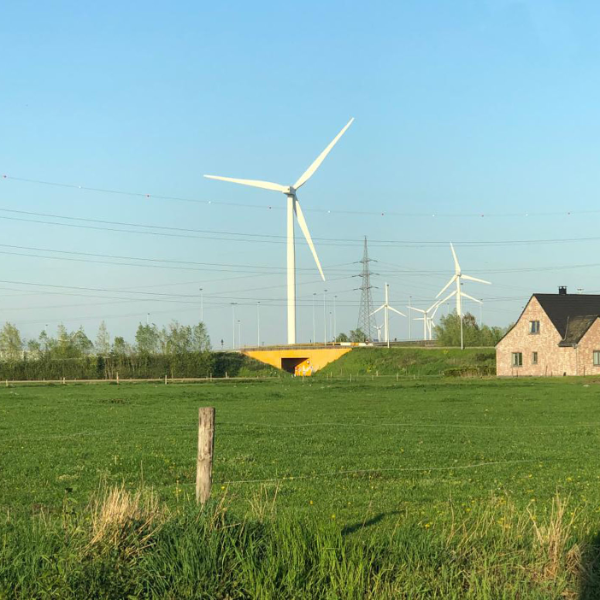Investigation into energy infrastructure in Gelderland

Investigation into energy infrastructure in Gelderland
Various scenarios
Because we do not know exactly what is going to happen in terms of energy supply and demand in the future, a number of scenarios were looked at during the investigation. For each scenario, the possible developments in supply and demand were explored. This included looking at RES plans, heating visions and the plans of various companies, and also looking at housing, mobility and agriculture. Using this information, it was determined what energy infrastructure might be needed in 2030 and 2050, and also where bottlenecks could arise if infrastructure remained as it is today.
Excessive peaks and troughs
The investigation revealed that bottlenecks can be expected in each scenario, in particular as a result of increased peaks and troughs in energy supply and demand. Put simply, we are using more and more electricity – often at the same time. Examples include heating homes with a heat pump, using electric cookers, or charging electric cars. These processes also occur when no sun or wind is present. At other times, the sun and wind produce a lot of energy, but not where it is needed. Also, the amount is too much for the existing electricity grid to transport it to a location where it can be used.
Flexible infrastructure
The expected bottlenecks could be reduced by expanding existing infrastructure. Even more important, however, is effectively balancing the supply and demand of electricity by adapting to more flexible demand and introducing appropriate infrastructure. This could include temporarily converting electricity into gas (e.g. hydrogen) and vice versa, not charging all electric cars at the same time, and using batteries to temporarily store energy generated by solar panels. We would then be making more effective use of existing infrastructure, meaning less expansion would be required.
Recommendations
The investigation produced a number of recommendations, which the province and its partners will begin working on. In short, they are:
- Using energy where it is generated;
- Finding a good balance between the amount of solar and wind energy generated;
- Using, as much as possible, a single network connection for sun and wind;
- Using, as much as possible, east/west configurations for solar panels;
- Using the reserve electricity network, available for emergencies, for solar and wind energy;
- Introducing more flexibility into energy infrastructure;
- Expanding energy infrastructure as needed.